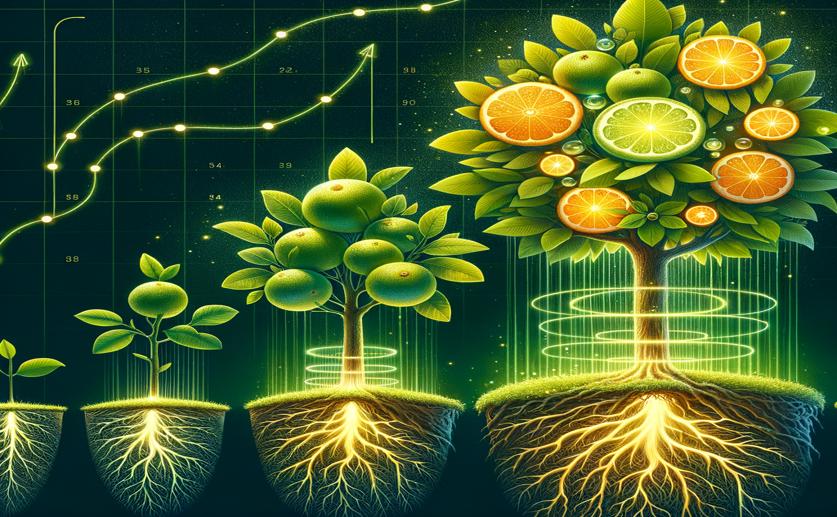
Exploring the Evolution of Citrus Plant Energy Centers
Jenn Hoskins
1st May, 2024

Image Source: Natural Science News, 2024
Key Findings
- Researchers at Huazhong Agricultural University studied the chloroplast genomes of the Rutaceae family, which includes citrus crops
- They found that size differences in chloroplast genomes are mainly due to variations in the large single-copy (LSC) and small single-copy (SSC) regions
- The study also revealed that different Citrus species have a shared evolutionary history, clustering together in the genetic analysis
GeneticsPlant ScienceEvolution
References
Main Study
1) Insights into chloroplast genome evolution in Rutaceae through population genomics
Published 30th April, 2024
https://doi.org/10.1007/s44281-024-00032-9
Related Studies
2) A molecular phylogeny of the orange subfamily(Rutaceae: Aurantioideae) using nine cpDNA sequences.
3) A Phylogenetic Analysis of 34 Chloroplast Genomes Elucidates the Relationships between Wild and Domestic Species within the Genus Citrus.
4) The development and evaluation of consensus chloroplast primer pairs that possess highly variable sequence regions in a diverse array of plant taxa.
Journal: TAG. Theoretical and applied genetics. Theoretische und angewandte Genetik, Issue: Vol 107, Issue 4, Aug 2003



 11th April, 2024 | Jenn Hoskins
11th April, 2024 | Jenn Hoskins